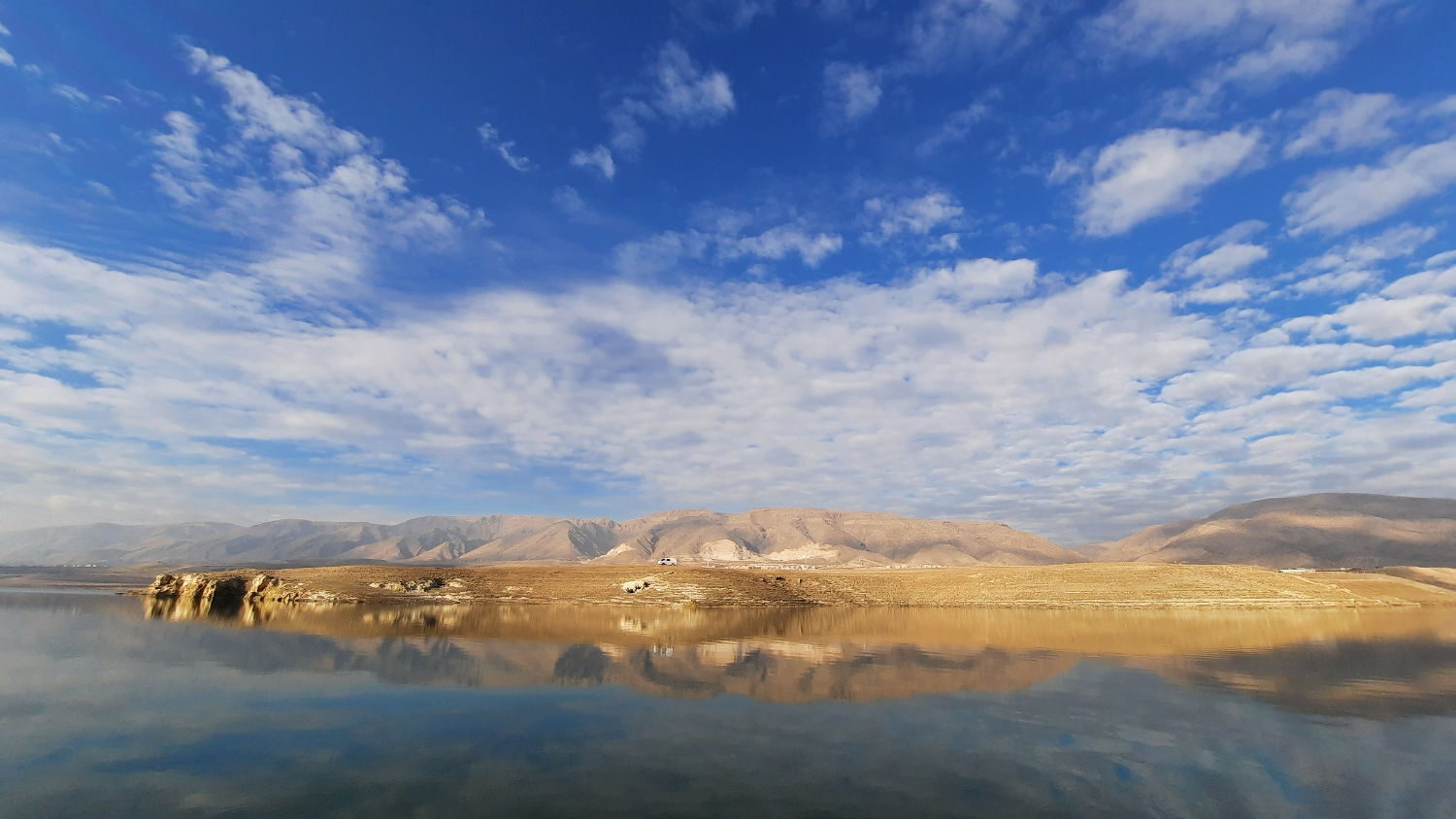
HASANKEYF
Around Diyarbakir
The area of Diyarbakir, and the whole of Turkey actually, is packed with history. But in particular the Southeast is well known for its ancient remains. Most people know about Göbekli Tepe, from the neolithic era, or Mount Nemrut, with its large statues of heads. These are impressive places visited by many tourists yearly. But although those places are some of the highlights, there's far more. In general, Diyarbakir is not that popular of a destination. Not only among foreigners. Also Turks don't visit often. Turks from the West of the country, or from let's say the urban areas, would still often frown at you or express surprise if you mention you'll visit Diyarbakir. But if only everyone knew the treasures of the Diyarbakir area, the area would be extremely popular among tourists, historians and archaeologists alike. Perhaps it's better that, for now at least, it remains a secret.
Arriving
In order to get to Hasankeyf from Diyarbakir, you'll most likely pass through Batman. Also for buses, this is the connecting hub. I took a minibus to Batman and just switched buses there. Even if I didn't directly find a connecting bus to Hasankeyf, I asked around and was guided to the right bus, which was parked a bit outside the bus station. It wasn't necessarily clear how to transfer to Hasankeyf, but relying on people to show you the way is easy. They are all very helpful even if you just mention the name of your destination and don't speak any further Turkish.
The town's name
One of those unknown places is Hasankeyf, an area on the Tigris river. Hasankeyf was most likely founded around 18 BCE. In the Roman era, the place was known as Cepha or Ciphas, deriving from the Syriac word for rock (kefa or kifo). The Arabs later named the town Hisn Kayfa in, which means 'stone fortress'. Through reforms in the 30's, Atatürk named the town Hasankeyf, for it to sound more Turish.
What to see
In 1981 this was flagged as a nature conservation area by the Turkish government. However, despite objections, it was overflown as a result of the Ilsu Dam project. The water is now nearly 500 metres above the town and its many historical monuments. Just a part of those monuments has been replaced to the modern-day Hasankeyf village. Such as the Tomb of Zeynel Bey. Just besides that, is the modern town center of Hasankeyf, where you find some pleasant cafés, restaurants and even a hotel. What remains to be visited is the Hasankeyf Kalesi, the fortress that has been under the rule of about ten empires. From the port, the Hasankeyf Limani, you can take guided tours to the fortress by boat. You'll need to cross the Tigris basin and there's no way you could do this on your own. The guide will explain plenty about the history of the place and the current developments.
Although the actual places you'll be able to see is quite limited due to the dam project and the overflowing of the valley, it is still well worth visiting the tomb and the fortress. It is actually there where plenty of empires have left their footprints, and as of now, the fortress is largely intact, albeit time has taken its toll on the sights. For a full history on the town of Hasankeyf and its fortress, I suggest reading this Wikipedia page. It also shows pictures from before the dam project. If you look closely, you'll be able to distinguish the tomb Zeynel Bey of and the minaret of the El Rizk Mosque. Both have been moved from their original place and are still intact and to be admired. Also, on the hilltops in the pictures, you'll be able to see the fortress which can be visited today. Important to realize is that when you take a boat to the fortress, you'll disembar the boat right down by the fortress, so there's no 'climb up' to the mountain from the village as in the early days. I highly recommend visiting not only this place, but also the Diyarbakir and Mardin areas.




